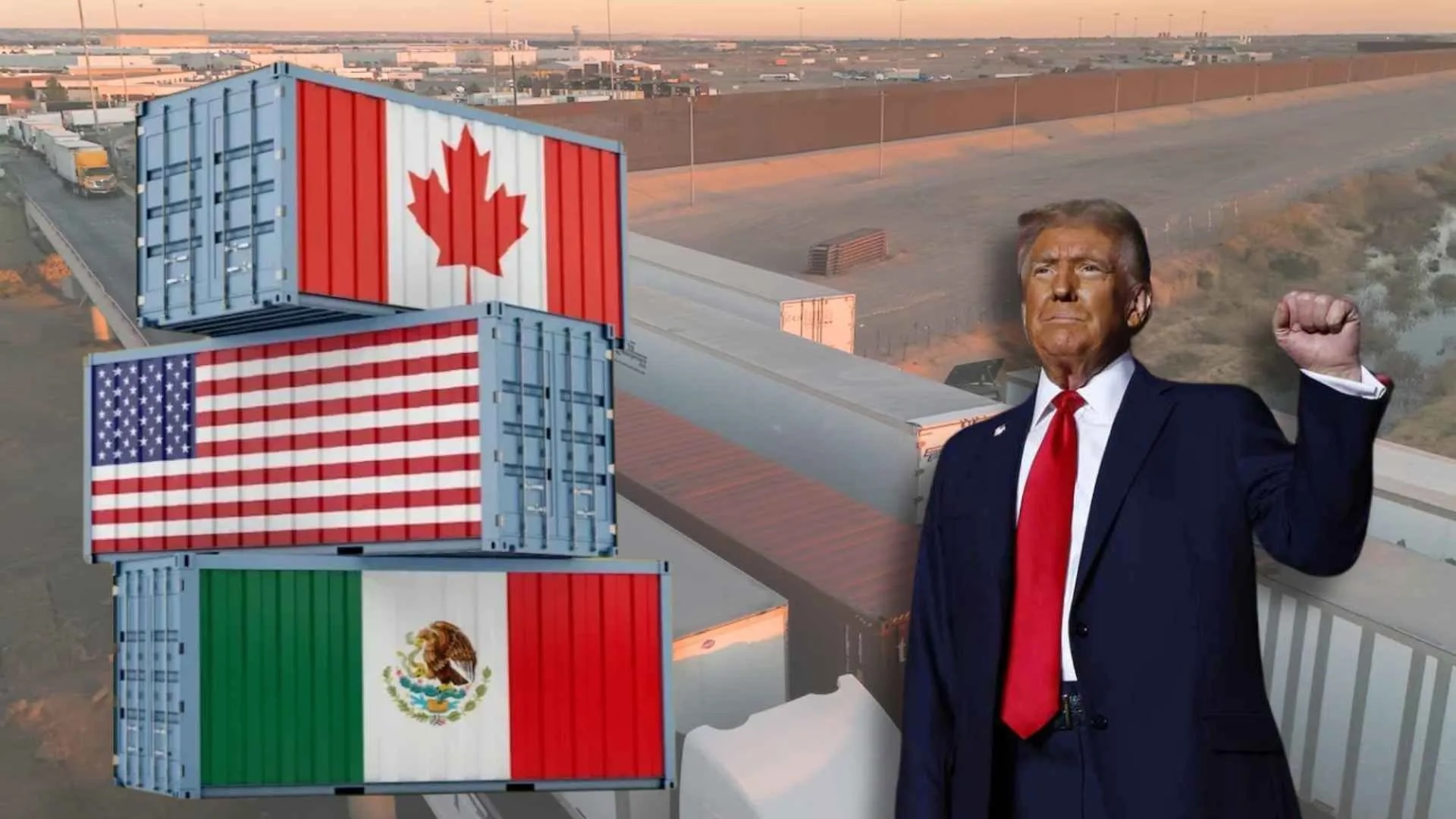UK natural gas futures have recently become more expensive than benchmark contracts in continental Europe, signaling that traders are preparing for a rise in demand. Over the past few days, British contracts for November delivery have been trading approximately 2% higher than Dutch equivalents, Europe’s most liquid gas futures. This marks a shift compared to the same period last year.
Typically, UK gas futures are cheaper than their Dutch counterparts during the summer, but they often flip to a premium in the winter months to attract additional supply. This year, that trend is being amplified by escalating tensions in the Middle East and concerns over potential disruptions to liquefied natural gas (LNG) shipments from Qatar, a key exporter.
Market Reactions and Storage Limitations
On Wednesday morning, Dutch front-month futures, which serve as Europe’s gas benchmark, traded 0.4% lower at €38.77 per megawatt-hour. Similarly, UK equivalent contracts dropped by 0.4%, reaching 96.79 pence per therm, or around €39.30 per megawatt-hour. Despite these drops, traders are remaining cautious due to the ongoing geopolitical risks that could disrupt energy supplies.
The UK faces additional challenges due to its limited gas storage capacity. Unlike key European Union countries like Germany, which can store gas for up to 89 days of peak demand, the UK’s storage facilities only hold enough to meet about 8 days of peak winter demand. To manage this, the UK typically exports excess gas to the EU in summer and imports it in winter using pipelines connected to the Netherlands and Belgium.
“A prolonged cold snap could quickly drain UK storage facilities, hence the need to price at a premium to the continent,” said Nick Campbell, Managing Director at Inspired Plc.
LNG Supply Pressures
The UK’s premium is also being driven by a need to attract more LNG, as shipments to the country have decreased this year. LNG deliveries have been favoring terminals in northwest Europe and Italy over the UK, according to Elizabeth Kunle, a gas market analyst at S&P Global. From January to September, LNG arrivals to the UK more than halved compared to 2023 levels, Bloomberg data shows.
At the same time, the European Union has increased its capacity to import LNG, reducing its need for UK supplies. Domestic gas demand in the UK’s power sector has also declined, putting additional pressure on prices.
Future Outlook
Despite the current premium, the elevated prices in the UK may be short-lived. Kunle suggests that, barring extreme weather, the UK could remain a net gas exporter in November due to its robust domestic supply. However, the situation remains fluid, and energy market participants are keeping a close eye on both the weather and geopolitical events.





